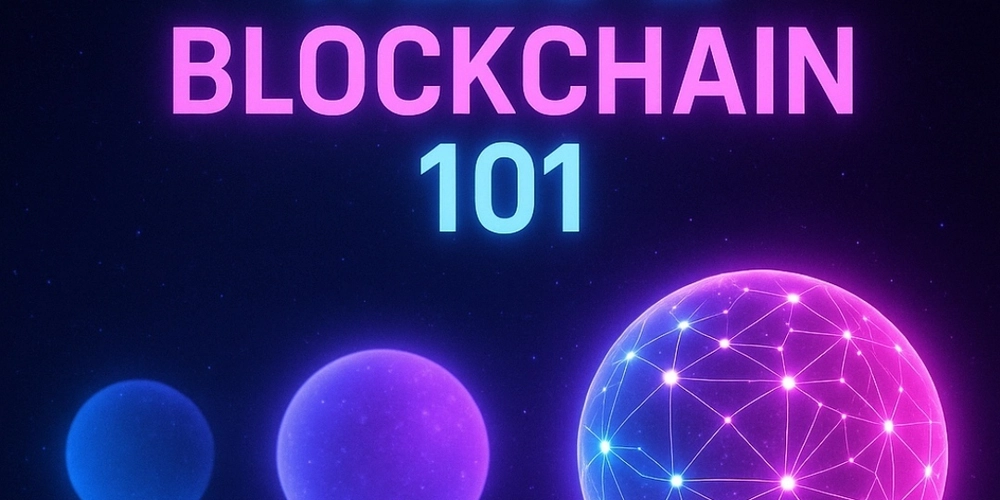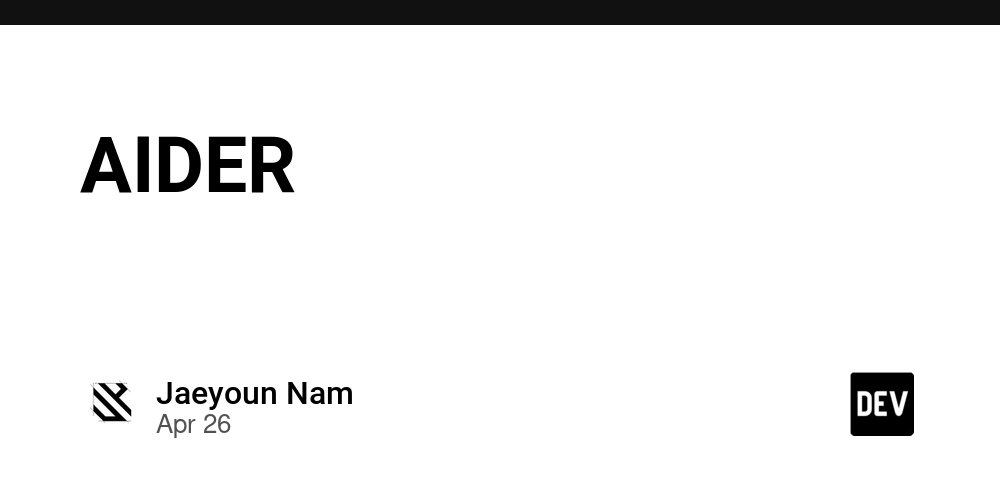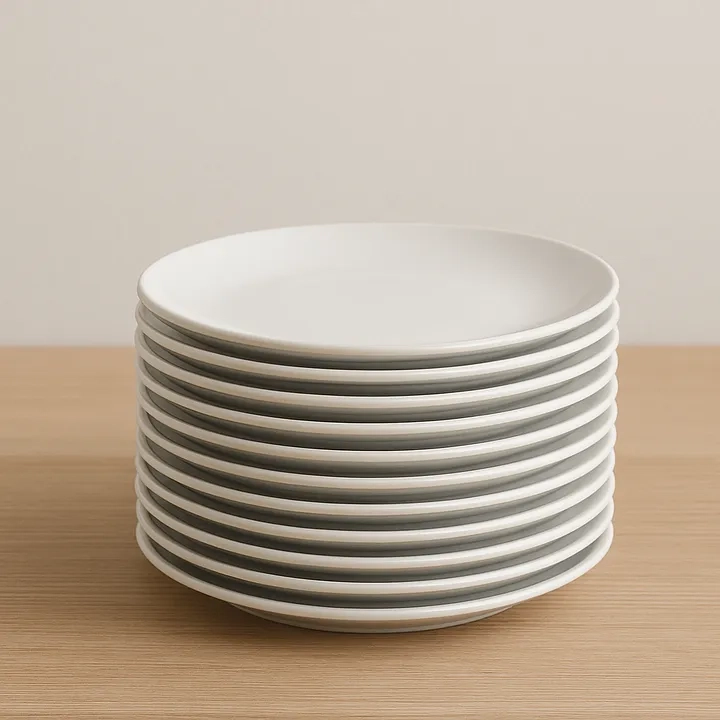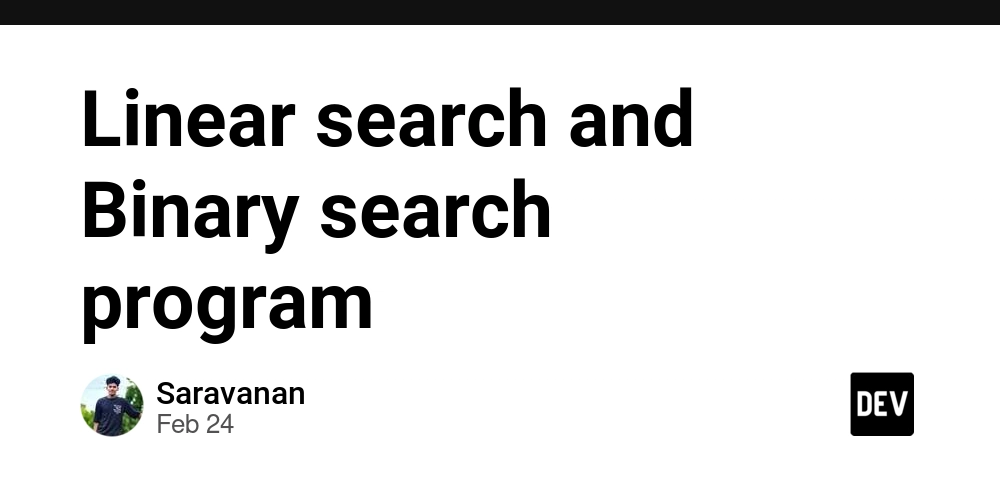What Exactly is a Data Structure?
TL;DR: A data structure is how your computer organizes and stores information efficiently—think of it like sorting your dishes or finding words in a dictionary. Ever imagined how confusing a dictionary would be if all the words were randomly scattered throughout the book instead of neatly arranged alphabetically? Now picture yourself cozily reading a book, and suddenly you stumble upon a word you don't know. No problem, right? Normally, you'd confidently reach for your dictionary—but imagine you have the chaotic dictionary described above. Finding your word could take forever! Thankfully, dictionaries are neatly organized in alphabetical order, so you can quickly flip to the right section and find your word in seconds. This simple organization saves you a ton of time and hassle. That's exactly how data becomes structured. A data structure is essentially a set of rules that determines how information is organized and used—whether it's arranging words in a dictionary, listing student names in a classroom register, managing how people line up to buy tickets, or even deciding which dinner plate gets used next (usually the top one in a stack). Realizing you’ve been repeatedly using the same plate when stacking them on top of each other could make you reconsider your stacking habits—perhaps it’s time to queue the plates instead for a fairer rotation! Now, let’s dive into the classic breakdown: What, Why, When, and How. What? A data structure is your computer’s way of keeping its sanity by neatly organizing information ("data"), making sure nothing gets lost or mixed up. Why? Without these clever systems, everyday tasks like finding your friend's contact in your phone, tracing back replies to a message, or even grabbing a book from a library would feel chaotic—like endlessly searching for something important in a messy room. When? Every time you store, access, or organize information—whether in code or real life—you’re instinctively using a data structure. Think: always placing your keys in the same spot or sorting clothes into different drawers. How? You already use data structures in daily life: storing each friend's birthday alongside their contact information in your phone, or neatly sorting clothes into specific shelves for easy access. When you start coding, you’ll apply the same logic—by choosing popular, predefined data structures like arrays, linked lists, stacks, queues, or trees. You can even combine these structures to build new, efficient ways to organize and manage your data.

TL;DR: A data structure is how your computer organizes and stores information efficiently—think of it like sorting your dishes or finding words in a dictionary.
Ever imagined how confusing a dictionary would be if all the words were randomly scattered throughout the book instead of neatly arranged alphabetically?
Now picture yourself cozily reading a book, and suddenly you stumble upon a word you don't know. No problem, right? Normally, you'd confidently reach for your dictionary—but imagine you have the chaotic dictionary described above. Finding your word could take forever!
Thankfully, dictionaries are neatly organized in alphabetical order, so you can quickly flip to the right section and find your word in seconds. This simple organization saves you a ton of time and hassle. That's exactly how data becomes structured.
A data structure is essentially a set of rules that determines how information is organized and used—whether it's arranging words in a dictionary, listing student names in a classroom register, managing how people line up to buy tickets, or even deciding which dinner plate gets used next (usually the top one in a stack).
Realizing you’ve been repeatedly using the same plate when stacking them on top of each other could make you reconsider your stacking habits—perhaps it’s time to queue the plates instead for a fairer rotation!
Now, let’s dive into the classic breakdown: What, Why, When, and How.
What?
A data structure is your computer’s way of keeping its sanity by neatly organizing information ("data"), making sure nothing gets lost or mixed up.
Why?
Without these clever systems, everyday tasks like finding your friend's contact in your phone, tracing back replies to a message, or even grabbing a book from a library would feel chaotic—like endlessly searching for something important in a messy room.
When?
Every time you store, access, or organize information—whether in code or real life—you’re instinctively using a data structure. Think: always placing your keys in the same spot or sorting clothes into different drawers.
How?
You already use data structures in daily life: storing each friend's birthday alongside their contact information in your phone, or neatly sorting clothes into specific shelves for easy access.
When you start coding, you’ll apply the same logic—by choosing popular, predefined data structures like arrays, linked lists, stacks, queues, or trees. You can even combine these structures to build new, efficient ways to organize and manage your data.










































































































































































![[The AI Show Episode 144]: ChatGPT’s New Memory, Shopify CEO’s Leaked “AI First” Memo, Google Cloud Next Releases, o3 and o4-mini Coming Soon & Llama 4’s Rocky Launch](https://www.marketingaiinstitute.com/hubfs/ep%20144%20cover.png)



















































































































































































.jpg?width=1920&height=1920&fit=bounds&quality=70&format=jpg&auto=webp#)






















































































_Olekcii_Mach_Alamy.jpg?width=1280&auto=webp&quality=80&disable=upscale#)















































































































![Apple Drops New Immersive Adventure Episode for Vision Pro: 'Hill Climb' [Video]](https://www.iclarified.com/images/news/97133/97133/97133-640.jpg)

![Most iPhones Sold in the U.S. Will Be Made in India by 2026 [Report]](https://www.iclarified.com/images/news/97130/97130/97130-640.jpg)
![Apple to Shift Robotics Unit From AI Division to Hardware Engineering [Report]](https://www.iclarified.com/images/news/97128/97128/97128-640.jpg)
































































































































